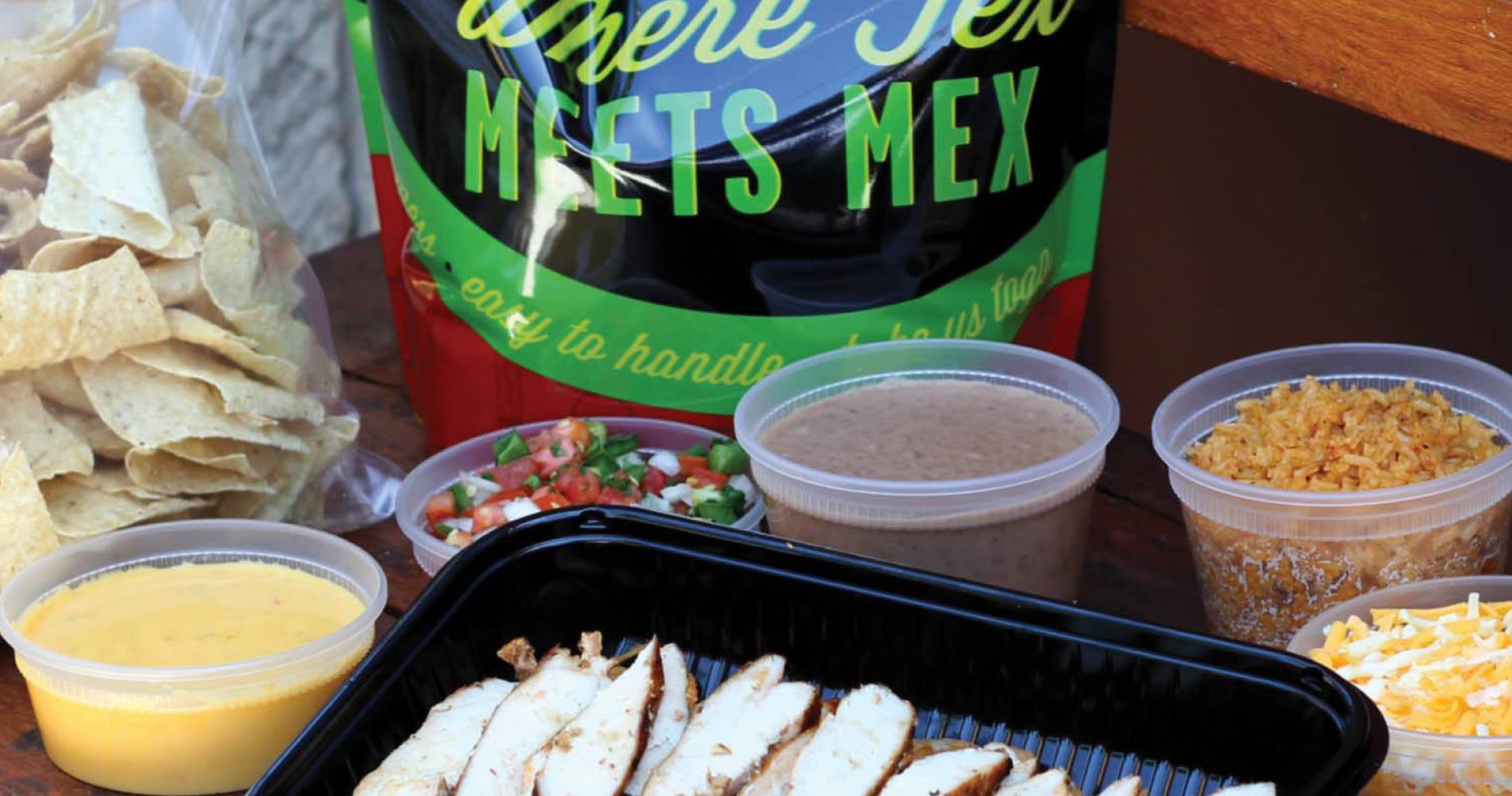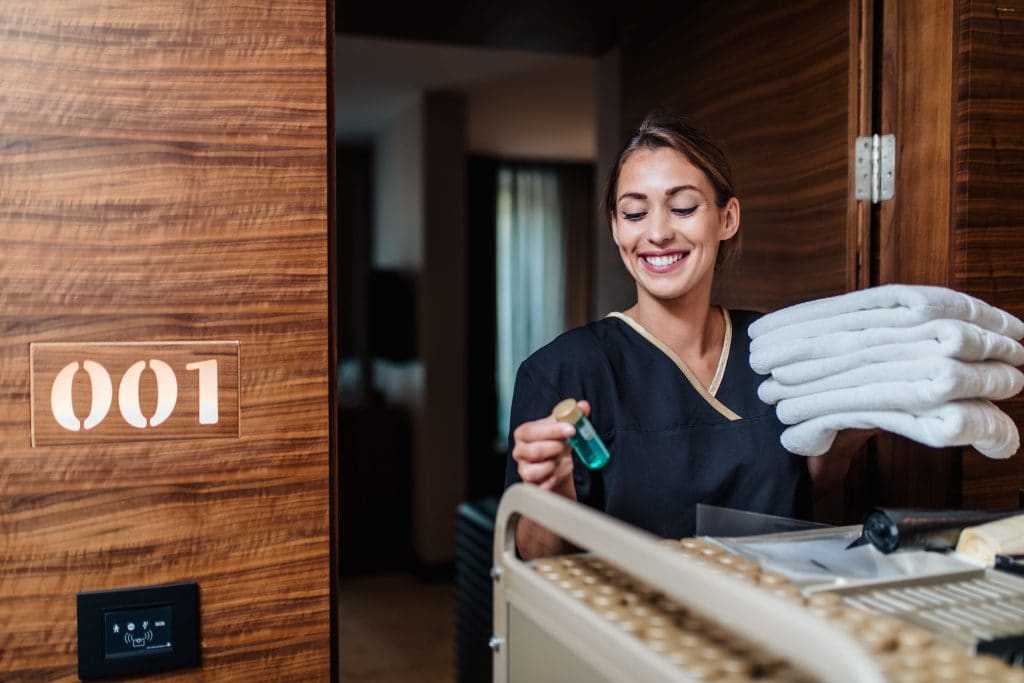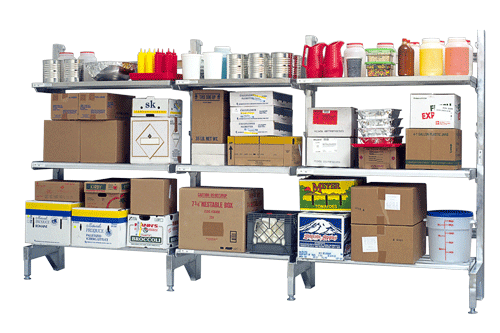
Has the Covid-19 pandemic changed the way we eat? “At the beginning of the pandemic many people who never thought of cooking decided to try their hand,” says Arlene Spiegel FCSI, President of Arlene Spiegel & Associates in New York City. “Not comfortable with searching for recipes or feeling overwhelmed at the supermarket, they opted for meal kits. It was fun and provided a meal solution.”
To create a successful meal kit program, the menu options need to be flexible, customizable and fit a range of lifestyles. The most successful ones offer daily, weekly and monthly scheduling and an option to pause or opt out on any day. Popular programs offer a choice of a full day of meals, including breakfast, lunch, dinner, snacks and shakes, Spiegel explains. “They provide simple, easy to understand and execute recipes that will provide a feeling of accomplishment by the home cook.”
Examples abound. Whiskey Cake, a “neighborhood joint for craft cocktails and farm-fresh comfort food”, with locations in The Woodlands, Stafford, Las Colinas, San Antonio, Katy, Plano and Baybrook, Texas, as well as Oklahoma City, and Tampa, Florida, offers a variety of so-called Quarantine Kits. They include a BBQ Pork Sliders Kit that serves six for $70, a Box-O-Burgers Kit for six priced at $45, and Grilled Salmon Kits that serve two for $42 and four to six for $82. At Ollie’s, a family restaurant in Edwardsville, Pennsylvania, owners David and Edna Tevet are doing Charbroiled Chicken Breast (plain, BBQ, blackened, or lemon-pepper for four to six, $39.99) and Yankee Pot Roast ($41.99).
A successful program has to be affordable, easy to follow, fun for the family, and something kids will love and request, suggests John Mayes, vice president of operations and Pastor for El Toro Mexican Restaurants in Texas, which owns and operates six full-service Tex-Mex restaurants, and a catering arm, across south east Texas in Baytown, Garth, Clute, La Porte and Palestine.
“Personally, I say stick to what you know and love,” Mayes continues. “Use your meat and potatoes that sell best at your location. Do not make it too complicated. You want something that your staff will buy into and support, and something that your guests feel comfortable about ordering and presenting to their families.”
Management also has to understand the initiative and be able to present it in a positive fashion. “Are you going to buy a car from a salesman who is unsure of what he is selling? No way,” says Mayes. “They have to be able to sell it and sell it well. Help the guest see value in it.”
Operational considerations
Restaurateurs planning their meal kit program need to consider several factors:
Costs: “The bulk of the expense will be packaging,” says Robert Simmelink, a corporate chef who served as chef de cuisine at Restaurant Bikini in Santa Monica, California, and executive chef at Noa Noa Restaurant in Beverly Hills. A box that will hold all of the ingredients should have segmented compartments for each component or smaller boxes inside, with recyclable small containers for sauces or other liquids, he notes. “A vacuum sealer is very handy, otherwise various sizes of Ziploc bags for seasoning and spice blends.” Depending on how they will get to the consumer, “you may need small gel packs to freeze, which will keep the protein cold from your restaurant to the consumer.”
Marketing: Social media and third-party delivery platforms are “a natural way to reach the population to introduce the offering,” Spiegel says. “Operators can expect to lose money until they hit critical mass to cover labor, food cost, and delivery fees.”
Equipment: Kitchen production may require the addition of equipment – blast chillers, shrink-wrap machines and segregated cooler space – to extend the shelf life of the product. The kitchen should also be HACCP-compliant to ensure safety procedures are in effect.
Mayes advises restaurants to keep it simple. “If it is already in your wheelhouse then it will have low labor impact and be easily inserted into production and execution.” The same applies to equipment. “Again, if it is something that you already do and do well then no new equipment is needed.”
The good news, according to Spiegel, is that meal kits/delivery programs can be prepared during off-hours. “Since the recipes and packaging may be different than a restaurant’s regular offering, it is best to prepare the kits when the kitchen is not used for regular service.”
Potential pitfalls
Incomplete planning may, unsurprisingly, result in problems. Some of the mistakes that restaurants make in preparing meal kits, Spiegel says, include:
- Making the recipes too complex.
- Using too many ingredients.
- Including recipes that require special equipment.
- Not including a picture of the finished plate to guide the cook.
- Failing to include portion guides, leaving the cook confused about how many people the recipe will feed.
Too many restaurants make the process difficult, in Mayes’ view. “Too difficult to package, too confusing to order with too many choices. They make it about turning a profit rather than feeding the community.”
Another potential pitfall is going off-brand and selling items that are too scratch-made. “Do not do that,” warns Mark K. Laux, managing partner of The Laux Agency, a marketing consultancy in Oshkosh, Wisconsin, that he runs with his wife Kelly. “Don’t sell raw. Sell take-and-bake or take-and-serve items. You’re not a grocery; you are a restaurant, and your guests will expect the foods to be made in advance. Think instead in terms of home-meal-replacement items that are easy and require very little home assembly.”
Looking ahead
How will meal kits fare once the pandemic is a memory? Opinions vary. “I think that this was a temporary solution,” suggests Kirsten Tripodi, Ph.D., director, hospitality management program: associate professor at Sacred Heart University in Fairfield, Connecticut. “Before the pandemic, sales of commercial meal kits had peaked and seemed to be waning.”
Spiegel suggests that in the months and years to come, cooking engagement will decline as people “feel more comfortable ordering in fully prepared meals from their favorite restaurants.”
Others feels meal kits have proven too much of a convenience to be dispensed with. “I think the moms and dads out there appreciate it and expect it,” says Mayes. “We were doing them before Covid as back-to-school family packs. ‘Go by the restaurant and get a kit – easy.’”
Operators who decide to keep them as part of their normal menu offerings even after Covid-19 restrictions are lifted can do so “by making them part of their already executed wheelhouse,” says Mayes, “part of what they already know and what they already do well.”
Howard Riell




